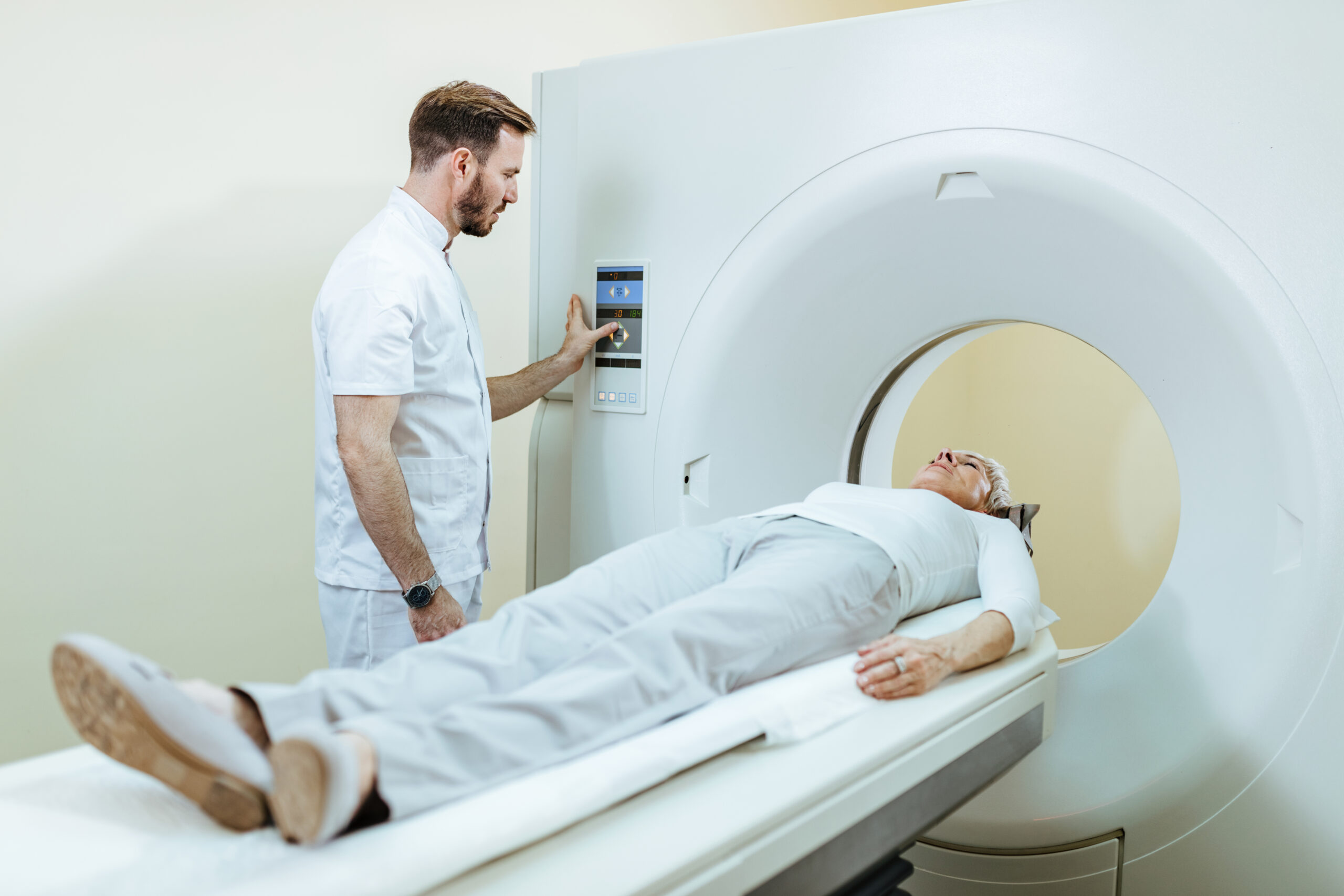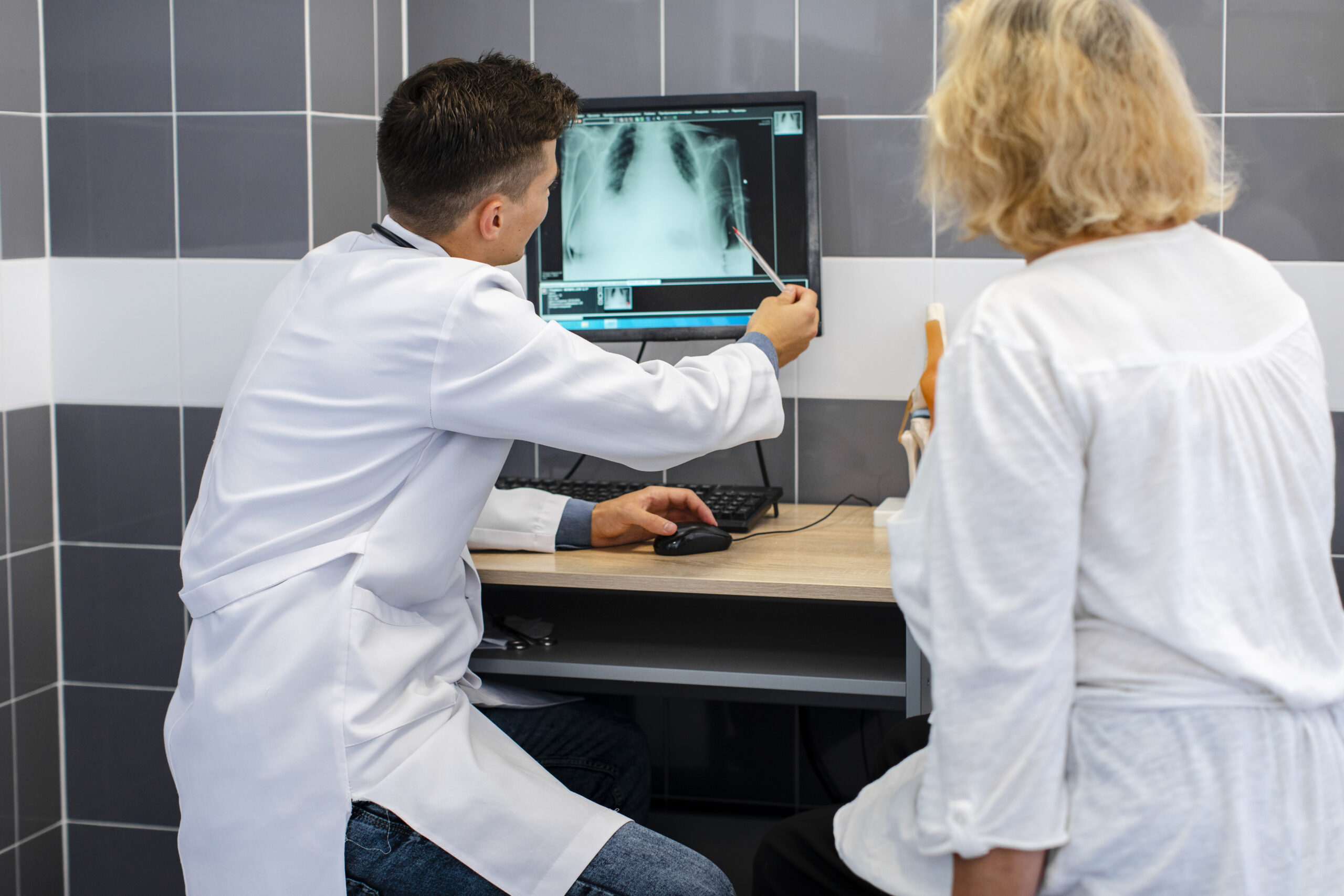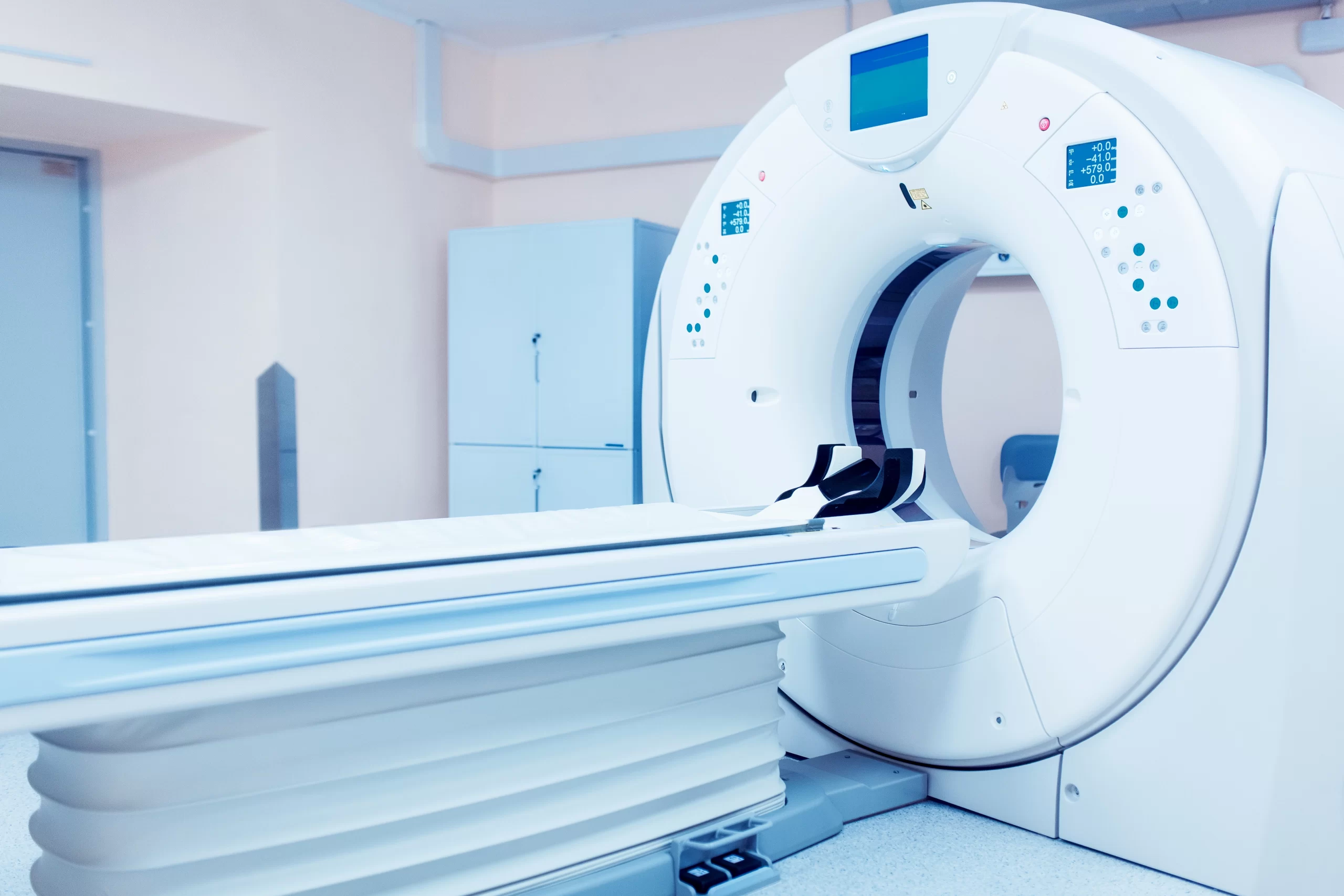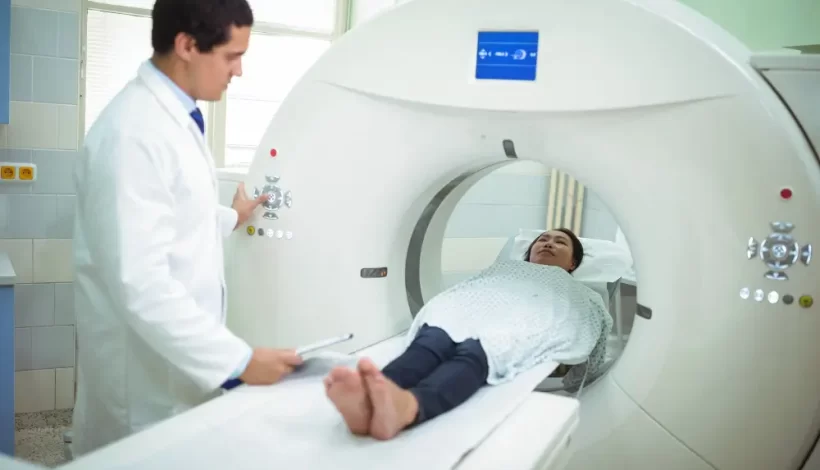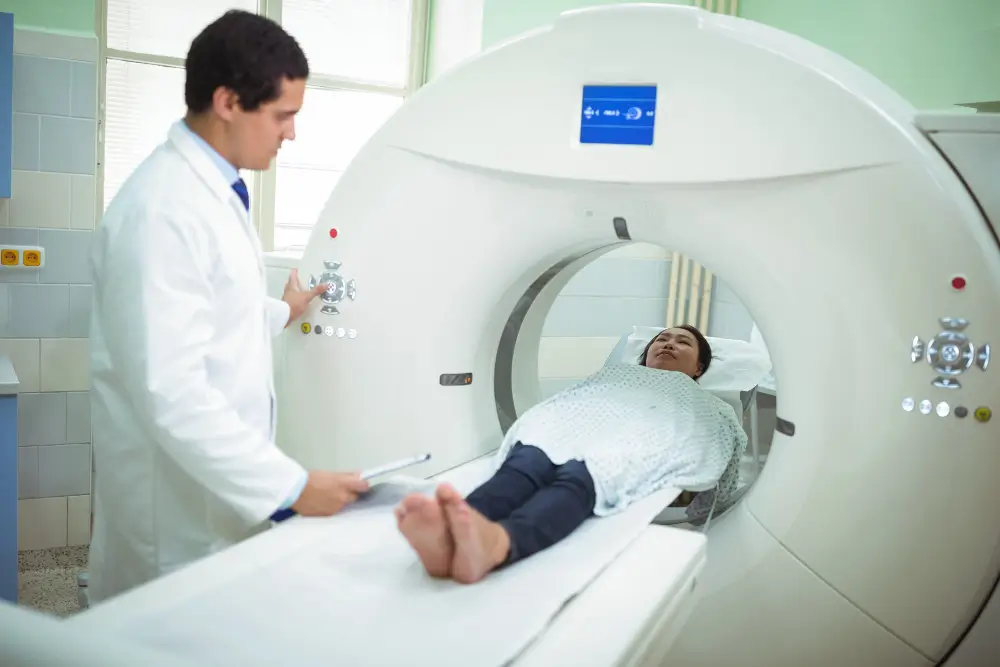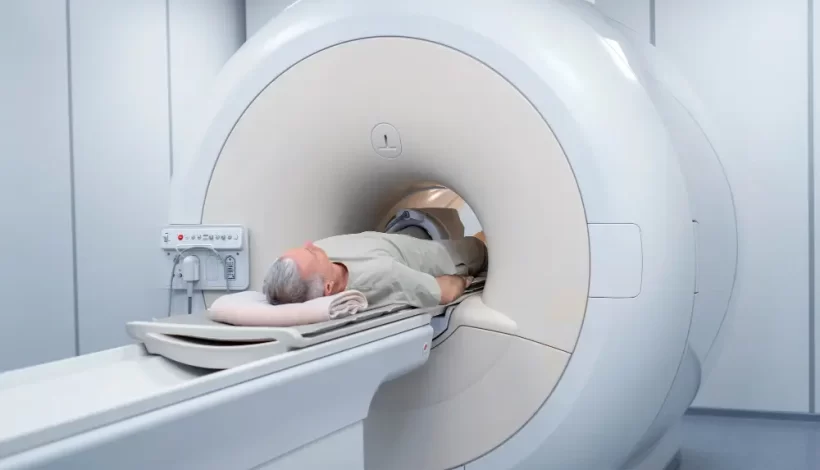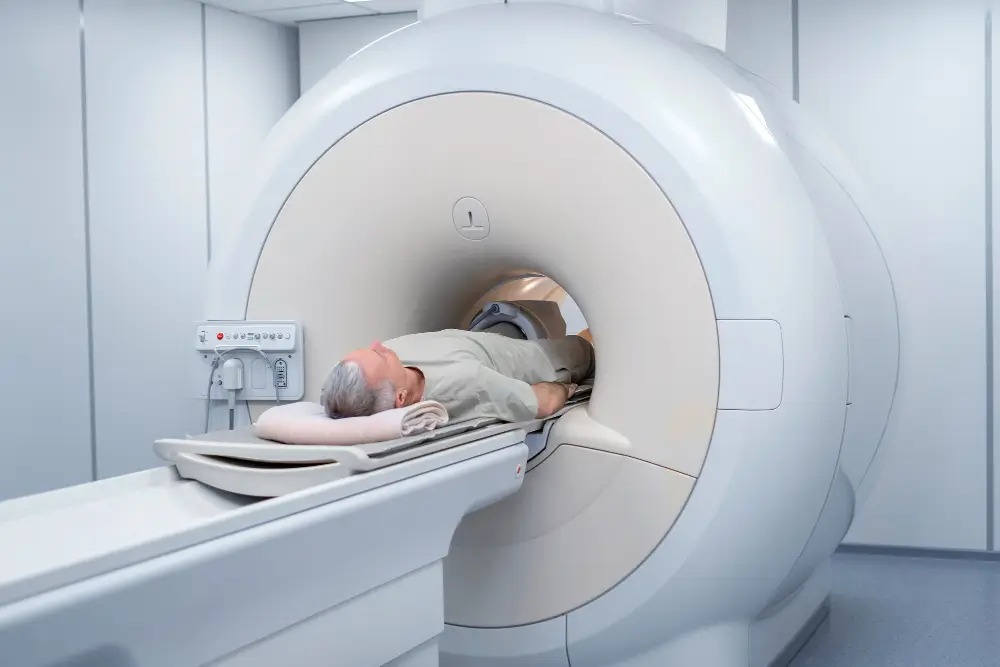Positron Emission Tomography (PET) scans are an incredibly powerful diagnostic tool in modern healthcare. These scans help doctors and medical professionals gain detailed insights into the functioning of organs and tissues in the body, often detecting diseases or abnormalities much earlier than other imaging techniques. With increasing applications in diagnosing cancer, heart disease, neurological conditions, and more, PET scans are becoming an indispensable part of modern medicine.
What is a PET Scan?
A PET scan is a type of nuclear medicine imaging technique that provides detailed, three-dimensional images of the body. Unlike traditional imaging methods such as X-rays or CT scans, which primarily show the structure of the body, PET scans focus on the biochemical processes within tissues and organs.
The procedure involves injecting a small amount of a radioactive substance (a tracer) into the body. This tracer is typically a form of glucose or another molecule that is metabolized by cells. The PET scanner detects the radiation emitted by the tracer, allowing doctors to observe how the body is functioning at a cellular level. This makes it an essential tool for diagnosing and monitoring a wide range of medical conditions.
How Does a PET Scan Work?
- Tracer Injection: A radioactive tracer is injected into your body, usually through an IV. The tracer is a substance that emits positrons as it decays, and it’s designed to be absorbed by active tissues in the body.
- Scan Process: The PET scanner detects the radiation emitted by the tracer and creates detailed images based on this data. These images show how the tracer is distributed throughout your body, revealing active areas of metabolism and function.
- Data Analysis: The resulting images are then analyzed by radiologists and specialists to assess the presence of abnormalities, such as tumors, inflammation, or irregular blood flow.
Common Uses of PET Scans
- Cancer Diagnosis and Monitoring: One of the primary uses of PET scans is in cancer diagnosis. PET scans can detect the presence of cancerous cells by showing areas of high metabolic activity, which is often indicative of tumors. This is especially useful in identifying cancers that may not yet have visible structural changes (such as in the case of early-stage cancer). PET scans are also used to monitor how well a cancer treatment is working by assessing changes in the metabolic activity of a tumor.
- Cardiac Health: PET scans are also used to evaluate the heart’s function and blood flow. For patients with suspected coronary artery disease or other heart conditions, a PET scan can help doctors determine the health of the heart tissue, assess damage from previous heart attacks, and evaluate the effectiveness of treatments or procedures.
- Neurological Disorders: In the field of neurology, PET scans are valuable for diagnosing and monitoring conditions such as Alzheimer’s disease, epilepsy, and other neurological disorders. By assessing brain metabolism, PET scans can help detect changes in brain function that might indicate the presence of neurodegenerative diseases, even before symptoms become apparent.
- Infection and Inflammation: PET scans can also help detect infections or areas of inflammation in the body, which may be related to autoimmune disorders or other medical conditions. By identifying these areas, doctors can accurately determine the cause and location of the issue, enabling more targeted treatment.
Benefits of PET Scans
- Early Detection: PET scans can detect changes in metabolic activity well before structural changes become evident in other imaging techniques. This allows for earlier detection of conditions like cancer or neurological diseases, leading to better outcomes.
- Non-Invasive: While PET scans involve the use of radioactive tracers, the procedure itself is non-invasive. There are no incisions or needles beyond the initial injection of the tracer, making it relatively comfortable for patients.
- Comprehensive Imaging: PET scans provide detailed, three-dimensional images of the body, allowing healthcare providers to observe both the structure and function of organs and tissues. This comprehensive information is invaluable for making accurate diagnoses and treatment plans.
- Effective Monitoring: PET scans are useful for monitoring the progress of certain treatments, especially in cancer care. By showing how a tumor responds to treatment, doctors can make adjustments to the treatment plan as needed.
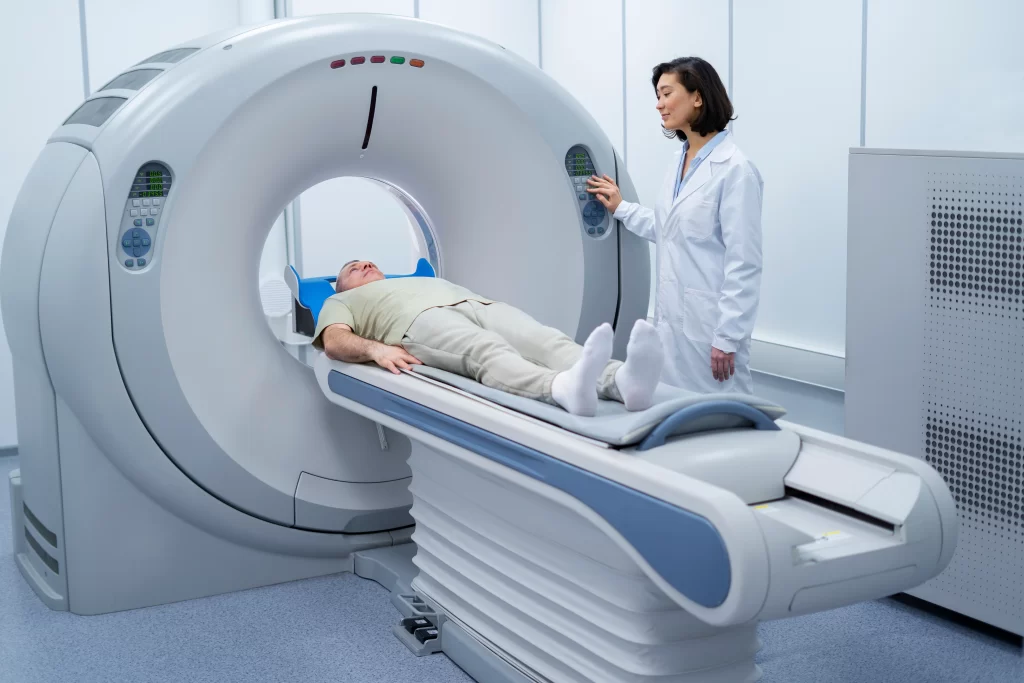
Potential Risks of PET Scans
While PET scans are generally safe, there are some risks associated with the procedure. These include:
- Radiation Exposure: PET scans use radioactive tracers, which means there is some exposure to radiation. However, the levels used in PET scans are considered safe and are typically much lower than the risks posed by the conditions being diagnosed.
- Allergic Reactions: Some patients may experience allergic reactions to the tracer, though this is rare.
- Pregnancy and Breastfeeding: PET scans are typically avoided in pregnant women due to the potential risks of radiation to the fetus. If you are breastfeeding, it’s important to inform your doctor, as the radioactive tracer may pass into breast milk.
What to Expect During a PET Scan
- Preparation: In many cases, you may be asked to fast for a few hours before the procedure. This is because food can interfere with the way your body absorbs the tracer.
- Injection of Tracer: A small amount of the radioactive tracer will be injected into your body, typically through an intravenous (IV) line in your arm. You may need to wait 30 minutes to an hour for the tracer to circulate and be absorbed by your body.
- Scanning: You will lie on a table that moves through the PET scanner, which resembles a large doughnut-shaped machine. The scan typically takes 20-30 minutes, and you will need to remain still during the procedure to ensure clear images.
- Post-Scan: After the scan, you may be asked to drink fluids to help flush the tracer from your system. There is generally no recovery time needed, and most people can resume normal activities right after the procedure.
Conclusion
If you’re considering a PET scan in Mumbai, it’s important to consult with your healthcare provider to determine if this test is right for you. With the right diagnostic tools, early detection, and appropriate treatment, you can significantly improve your heart health and reduce the risk of future complications.
![]()

